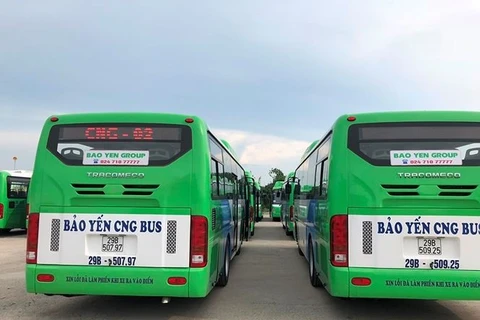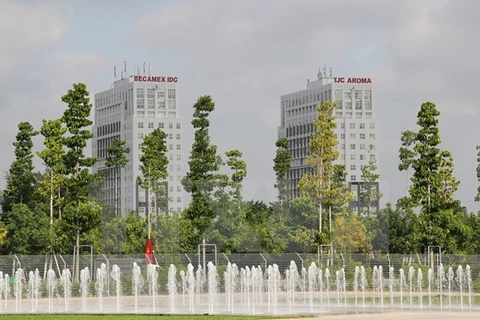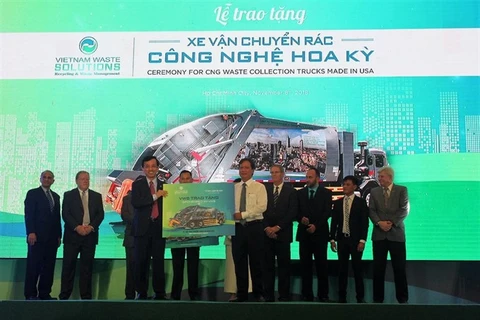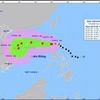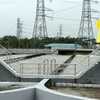Hanoi (VNS/VNA) - The Ministry of Transport (MoT) plans to tighten control of emissions of vehicles in circulation as well as used vehicles imported to curb air pollution.
Under a draft decision on new emission standards which is open to the public to collect opinions, vehicles manufactured prior to 1999 will continue to face emissions standards at Level 1. Level 2 will be applied for vehicles manufactured between 1999 and 2008 from January 1, 2021 and vehicles made after 2008 from January 1, 2020.
Regarding used imported vehicles, those with spark-ignition engines which use petrol, liquefied petroleum gas (LPG), compressed natural gas (CNG) and similar types will have to meet Level 4 standards from January 1, 2020, while vehicles with compression ignition engines which use diesel and similar fuel will have to apply Level 3 standards from January 1, 2020.
Level 1, 2, 3 and 4 are the maximum permitted emissions limits for automobiles in Vietnam. Under current standards, petroleum engine automobiles meet Level 1 if they have carbon monoxide emissions (CO) of less than 4.5 per cent and the hydrocarbon concentration (HC) of less at 1,200 part per million (ppm).
Level 1 represents the lowest standards, as to meet Level 2 and 3, vehicles must have CO of less than 3.5 and 3.0 per cent and HC of less than 800 and 600 ppm, respectively.
The new regulation will not be applied to vehicles used for national defence and security tasks by the police or army.
In 2011, the Government issued a resolution stipulating all types of new cars used in Vietnam must meet Euro 4 exhaust emission standards from January 1, 2017 and Euro 5 from January 1, 2022.
However, emissions standards for vehicles in operation and used import ones have remain unchanged for 10 years.
By May this year, the number of cars in the country exceeded three million, up 3.2 times compared with 2008, meaning the volume of gas discharged into the environment has hiked substantially.
According to the ministry, the new regulation won’t have a big impact on society because passenger vehicles with more than nine seats manufactured prior to 1999 will have their registration expire by the end of 2019, so they should exit circulation. All passenger vehicles with more than nine seats to be in operation from 2020 will have to satisfy Level 2 of emission standards, it said.
Nguyen Van Thanh, President of the Vietnam Automobile Transportation Association, said it was necessary to tighten vehicle emission control.
“The regulation should have been applied a long time ago because environment pollution has been serious in cities, particularly Hanoi and Ho Chi Minh City,” he was quoted by Nguoi Lao Dong (The Labourer) as saying.
While many countries have applied Euro 5 standards, Vietnam has just required imported cars to meet Euro 4, Thanh said.
Data from the World Health Organisation (WHO) found that more than 60,000 deaths from heart disease, stroke, lung cancer, chronic obstructive pulmonary disease and pneumonia in Vietnam in 2016 were linked to air pollution.
Studies by environment experts have found that emissions from vehicles including CO2 (carbon monoxide) and NOx (Nitrogen Oxide) have surpassed permitted levels by 1.2-1.5 times in Hanoi and HCM City.
The amount of CO2 emissions in HCM City is estimated to be 38.5 million tonnes per year, about 16 percent of the country’s total.
Of the amount, CO2 emissions from automotive exhaust account for 45 percent. — VNS/VNA
VNA

